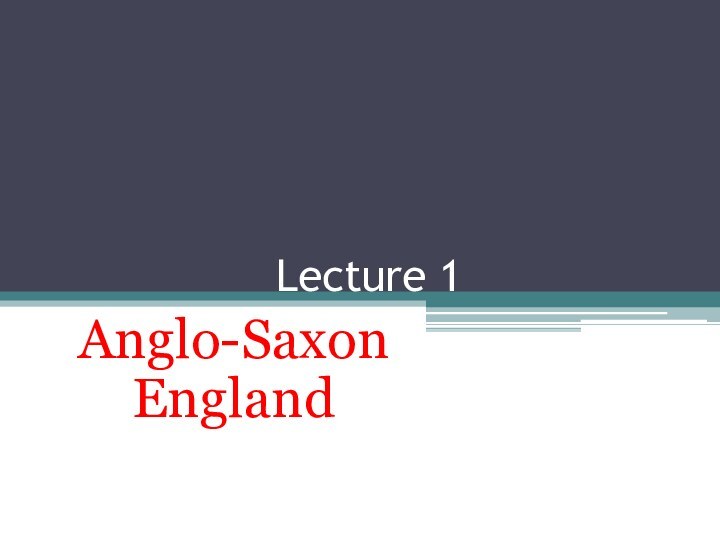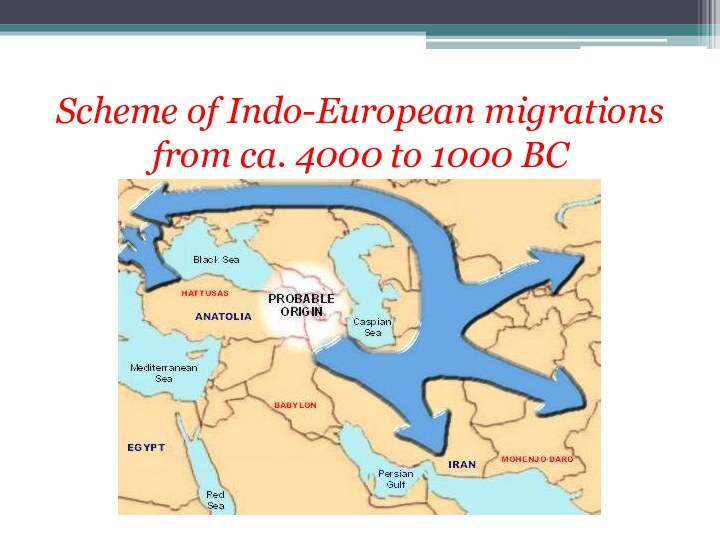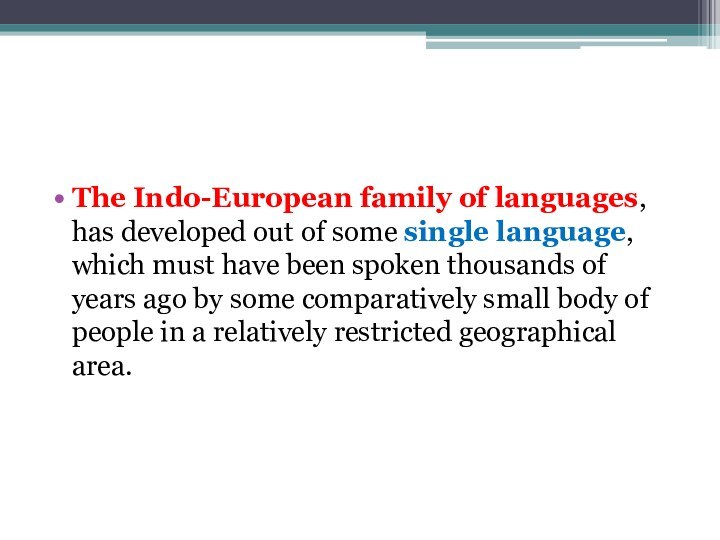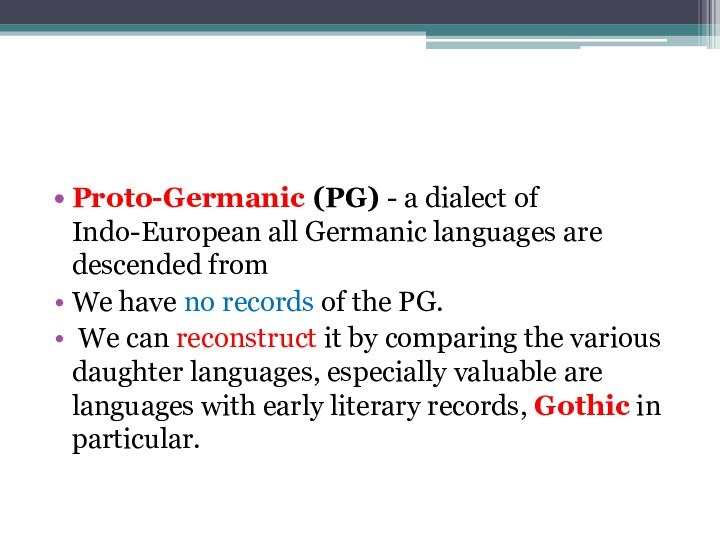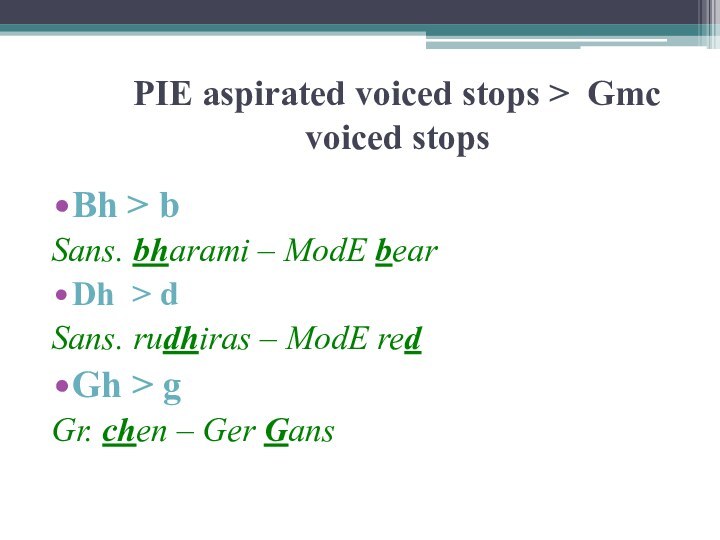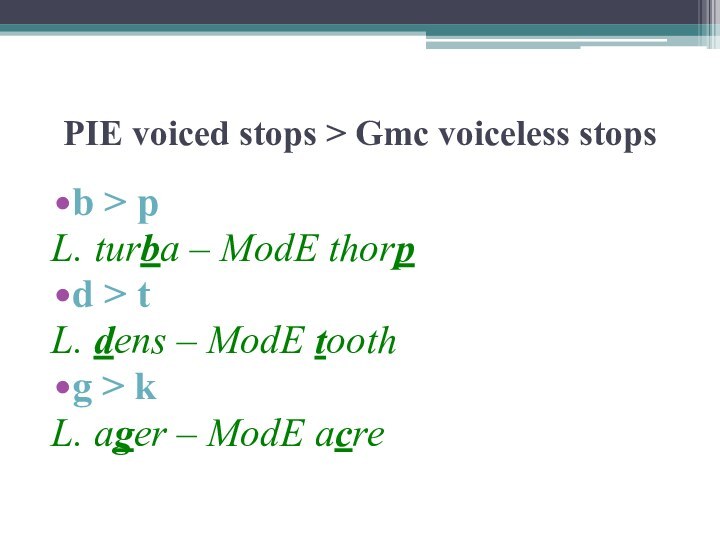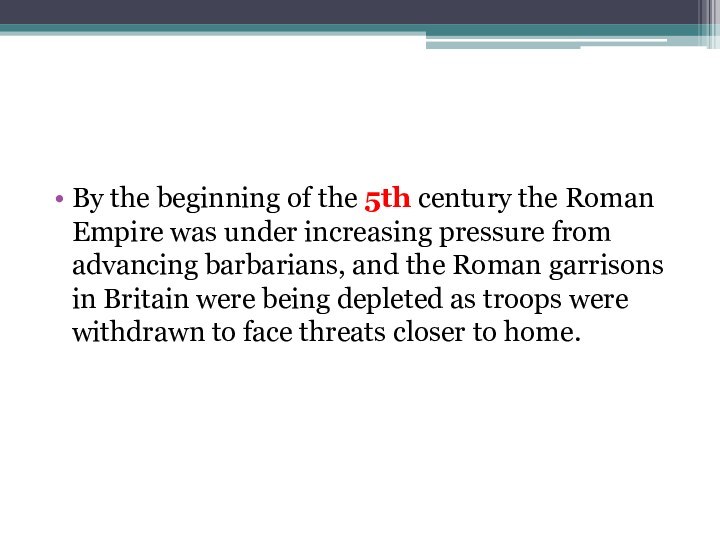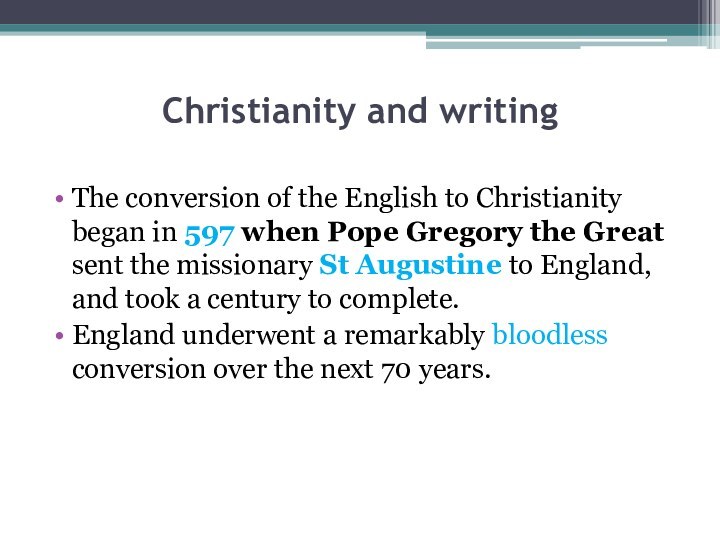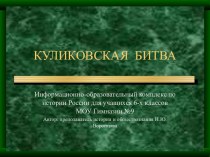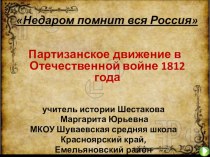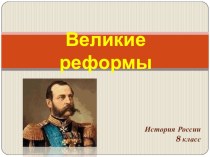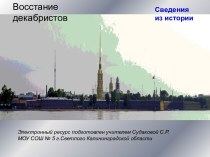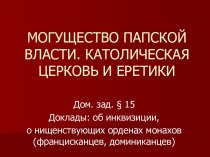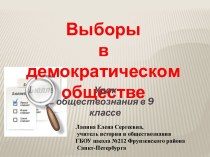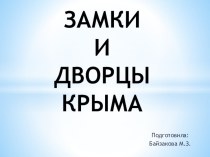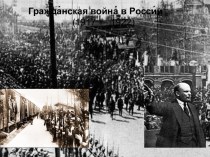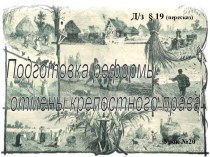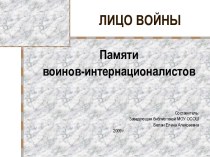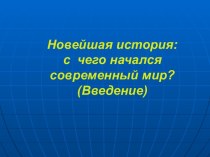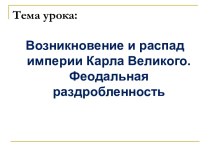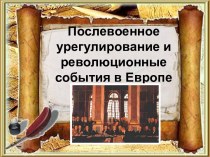Слайд 2
An outline
Historical Linguistics. The Comparative method.
The Concept of
Proto-Germanic (PG)
Grimm’s Law. Verner’s Law.
Periods in the History of
English.
The earliest inhabitants of the British Isles
OE Heptarchy. OE Dialects.
Christianity and writing
Слайд 3
Historical Linguistics.
The Comparative method.
late 18th
and
19th centuries
Слайд 4
Sir William Jones (1746-1794)
Слайд 5
Sanskrit
Latin Greek Persian
Gothic Celtic
Слайд 6
The English scholar and diplomat William Jones (18th
c.), working in India as a British judge, noticed
certain features in the vocabulary and grammar of Sanskrit (the ancient classical language of India) that were shared with Latin and Greek and other European languages.
He asserted that these languages developed from a common source language. He identified the source language as Sanskrit
Слайд 7
Interest in the discovery mounted and, early in
the 19th century, Sanskrit was being studied in the
West.
the 19th century is the era of historical-comparative linguistics, led by German scholarship:
the Dane Rasmus Rask
the Germans Franz Bopp and Jacob Grimm
Слайд 8
The comparative method is a technique for studying the development
of languages by performing a feature-by-feature comparison of two
or more languages with common descent from a shared ancestor.
Слайд 9
The German scholar Franz Bopp was the first
to work out some of the relationships between the
languages, showing how they were related.
Слайд 10
The Danish scholar Rasmus Rask recognized that there
were regular sound shifts between languages,
but it was
left to a German scholar Jacob Grimm who deduced regular rules of sound change
Слайд 11
August Schleicher (1821–68) set about reconstructing the hypothetical
parent language from which most European languages were derived
– the protolanguage.
He also devised the genealogical family-tree model of the Indo-European languages.
Слайд 13
2. The Concept of
Proto-Germanic (PG)
Слайд 14
Scheme of Indo-European migrations from ca. 4000 to
1000 BC
Слайд 15
the “Satem” languages
the “Centum” languages
Слайд 16
The Indo-European family of languages, has developed out
of some single language, which must have been spoken
thousands of years ago by some comparatively small body of people in a relatively restricted geographical area.
Слайд 17
This original language we can call Proto-Indo-European (PIE).
The prefix proto- was introduced to indicate a hypothetical
language that had left no documentation, but which could be reconstructed by the method of comparison
Слайд 18
Proto-Indo-European (PIE) - some single language, which must
have been spoken thousands of years ago by some
comparatively small body of people in a relatively restricted geographical area
Слайд 19
Proto-Germanic (PG) - a dialect of Indo-European all
Germanic languages are descended from
We have no records of
the PG.
We can reconstruct it by comparing the various daughter languages, especially valuable are languages with early literary records, Gothic in particular.
Слайд 20
Proto-Germanic
West Germanic
North Germanic
East Germanic
Слайд 21
North Germanic
(Old Norse)
West Scandinavian:
Icelandic
Norwegian
Faroese
East Scandinavian:
Danish
Swedish
Gutnish
Слайд 22
East Germanic:
Burgundian
Vandal
Gothic:
Visigothic
Ostrogothic
Слайд 23
In the 4th c. Goths were Christianized by
a missionary named Ulfilas (311–383).
Our knowledge of Gothic
is almost wholly due to a translation of the Gospels and other parts of the New Testament made by Ulfilas.
Except for some runic inscriptions in Scandinavia it is the earliest record of a Germanic language we possess.
Gothic is important in giving information about early forms of Germanic.
Слайд 24
West Germanic
Old High German
High German
Old Saxon
Low German
Old Low Franconian Dutch
Old English English
Old Frisian Frisian
Слайд 25
One important aspect of PIE is that it
was an inflected language.
PG is a highly inflected
language, like PIE.
Слайд 26
In PG the stress was put on the
1st syllable (fixed accent), in PIE – it could
fall on any syllable (free accent).
The tendency in PG to stabilize the accent on the 1st syllable had profound consequences. It led to a weakening and often loss of unstressed syllables, especially at the end of the word
Слайд 27
PIE verb “bheronom”
PG beranan
OE beran
ME
beren, bere
PDE bear
Слайд 28
3. The First consonant shift.
Grimm’s Law
“the 1st sound-shifting”;
after the early 19th c. philologist Jakob Grimm, who
analysed it.
Слайд 29
Grimm began with the assumption that Sanscrit, Greek,
Latin and other European languages had a common ancestor.
This common ancestor, which we will call Proto-Indo-European, can be reconstructed by examining its descendants.
Слайд 30
FATHER
Sanskrit – pitar
Latin – pater
Ancient Greek – pāter
English
– father
Because the “p” sound appears in a wider
variety of languages, it is assumed to be ancestral and the “f” in English to be derived from a consonant shift.
Слайд 31
Grimm’s Law
It consists of 3 major consonant changes.
Слайд 32
PIE aspirated voiced stops > Gmc voiced stops
Bh
> b
Sans. bharami – ModE bear
Dh > d
Sans. rudhiras – ModE red
Gh > g
Gr. chen – Ger Gans
Слайд 33
PIE voiceless stops > Gmc voiceless fricatives
P >
f
L. pater – ModE
father
T > th
L. dentis – ModE tooth
K > h
L. cornu – ModE horn
Слайд 34
PIE voiced stops > Gmc voiceless stops
b >
p
L. turba – ModE
thorp
d > t
L. dens – ModE tooth
g > k
L. ager – ModE acre
Слайд 35
Verner’s Law.
The Second Consonant Shift (1875)
Certain apparent exceptions
to Grimm’s Law were subsequently explained by Karl Verner
(a Danish scholar) and others.
Слайд 36
Verner’s Law.
Karl Verner showed that voiceless fricatives became
voiced if the preceding syllable was unstressed, but otherwise
remained unchanged.
Latin centum - English hundred.
Слайд 37
Verner’s Law.
PIE f > Gmc v
PIE th >
Gmc d
Lat pater – Gth fadar
PIE k > Gmc
g
PIE s > Gmc z > r in North and West Germanic) = rotacizm
Gth. raisjan – OE ræran
Слайд 38
The High German Consonant Shift
The High German Consonant Shift or the Second
German Consonant shift was a series of sound changes which
separates the Upper High German dialects from other West Germanic languages such as Modern English, Dutch, and Low German.
There are three major steps of this sound shift,
Слайд 39
The first stage is where the three voiceless
stops became weakened into the closest fricative equivalents:
/p/ →
/f/
/t/ → /s/
/k/ → /x/
Cf. English grip – German Griff
Слайд 40
The second stage of the shift involved the
same voiceless stops as the first stage. However, this
only affected geminated, liquid-adjacent (-l, -r) and nasal-adjacent forms. Those stops became Affricates.
/p/ → /pf/
/t/ → /ʦ/
/k/ → /kx/
Cf. Gth. twai, OE twa – OHG zwei
Слайд 41
The third part of the stage involves the
Voiced stops becoming voiceless stops. This involves the following:
/b/
→ /p/
/d/ → /t/
/g/ → /k/
Cf. English flood – German Flut
for greater understanding go to the chart on p. 13 [Иванова И.П., Чахоян Л.П., Беляева Т.М. Практикум по истории английского языка. – Cпб., 2005]
Слайд 42
4. Periods in the History of English
Traditionally, the
history of the English language is divided into 3
major periods.
This division was first proposed by an English philologist, Henry Sweet, in 1873.
Слайд 43
Periods in the History of English
Old English (Anglo-Saxon)
(5 c.-1066) = the period of full inflexions;
Middle English
(1066 – 1485) = of levelled inflexions;
Modern English (1485 - ...) = of lost inflexions.
Слайд 44
5. The earliest inhabitants
of the British Isles.
The
earliest inhabitants of the British Isles, whose language we
can reconstruct, were Celtic speakers.
The Celts had been living in England until being invaded by the Romans (the Emperor Claudius) in 43 AD
But, Latin never overtook the Celtic language.
Слайд 45
It was inevitable that the military conquest of
Britain should have been followed by the Romanization of
the province.
Слайд 48
By the beginning of the 5th century the
Roman Empire was under increasing pressure from advancing barbarians,
and the Roman garrisons in Britain were being depleted as troops were withdrawn to face threats closer to home.
Слайд 49
In A.D. 410, the same year in which
the Visigoths entered and sacked Rome, the last of
the Roman troops were withdrawn and the Britons had to defend themselves.
Facing hostile Picts and Scots in the north and Germanic raiders in the east, the Britons decided to hire one enemy to fight the other: they engaged Germanic mercenaries to fight the Picts and Scots.
Слайд 50
Germanic mercenaries were from three Germanic nations: the
Angles, the Saxons and the Jutes.
The mercenaries succeeded quickly
in defeating the Picts and Scots and then being attracted by the British fertile lands began to conquer England —a slow-moving conquest that would take more than a century.
Слайд 51
About the year 449 AD began the invasion
of Britain by certain Germanic tribes, the founders of
the English nation.
The Anglo-Saxon settlement of Britain mustn’t be thought of as the arrival of a unified invading army, but rather as the arrival and penetration of various uncoordinated bands of adventurers in different parts of the country, beginning in the mid 5th c. and going on all through the 6th c.
Слайд 52
But by about 700, the Anglo-Saxons had occupied
most of England and a considerable part of southern
Scotland (the exceptions being Cornwall and an area in the North West). Wales remained a British stronghold
Слайд 53
The language of Anglo-Saxons became the dominant one.
The failure of Celtic to influence OE doesn’t mean
that the Britons were all killed or driven out.
The Britons were a defeated people whose language had no prestige compared with that of the conquerors.
Слайд 54
6. OE Heptarchy.
In the 7th c. Germanic tribes
set up seven kingdoms called the Anglo-Saxon Heptarchy, rule
of the seven kingdoms .
Слайд 55
Kent
Northumbria
Mercia (West Midlands)
Wessex (central Southern England)
East Anglia
Essex
Sussex
Слайд 56
At first, Kent was probably of major importance.
It was to Kent that the first Roman Christian
missionaries came, notably St. Augustine in 597
In the 7th c. the Northumbria was very powerful, and was a great center of learning. The monasteries of Northumbria produced beautiful manuscripts of the Bible.
In the 8th c. this leadership passed to Mercia
Слайд 57
In the 9th c. = Wessex, centred at
Winchester; and it was the kings of Wessex who
finally unified the country : (in the late 9th c., the kings of Wessex, notably King Alfred, saved the South and West of England from the Danes ((The Scandinavian Invasions of England. The Viking Age IX-XI c.),
886, the Treaty Wedmore: king Alfred established a truce with the Danish leader . The Dane Law.
and in the 10th c. Alfred’s successors reconquered the North and the East.
Слайд 58
The Viking Invasions
793, the Vikings, from Scandinavia, sacked
and burned the monastery of Lindisfarne, beginning a century
of destruction and cultural collapse.
Слайд 59
in 850, large Danish fleet began to arrive
in England, and the Vikings began to conquer as
well as pillage.
Eventually almost all of northern and eastern England was under their control.
Слайд 60
Alfred, the king of Wessex, was able to
rally his kingdom and defeat the Vikings. This led
to a treaty between the Viking king Guthrum and Alfred, The Treaty of Wedmore (878).
Слайд 61
The treaty defined the territory (from Chester to
London) which was to be subject to Danish law
and is hence known as the Danelaw.
In addition the Danes agreed to accept Christianity,
Слайд 62
King Alfred
Wessex became the seat of A-S intellectual,
literary, and political life;
ruled from 871 to 899;
brought together
scholars to begin a project of educational reform;
commissioned the translation of key works of Latin learning into OE
Слайд 63
OE dialects
The surviving texts form the OE period
are in 4 main dialects:
West saxon! (the literary standard)
Kentish
Mercia
Anglian
Northumbria
Слайд 65
Although West Saxon became the literary standard of
unified England, it is not the direct ancestor of
modern standard English, which is mainly derived from an Anglian dialect
